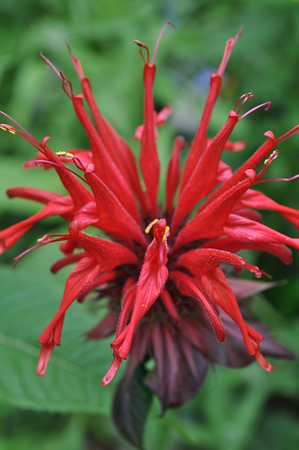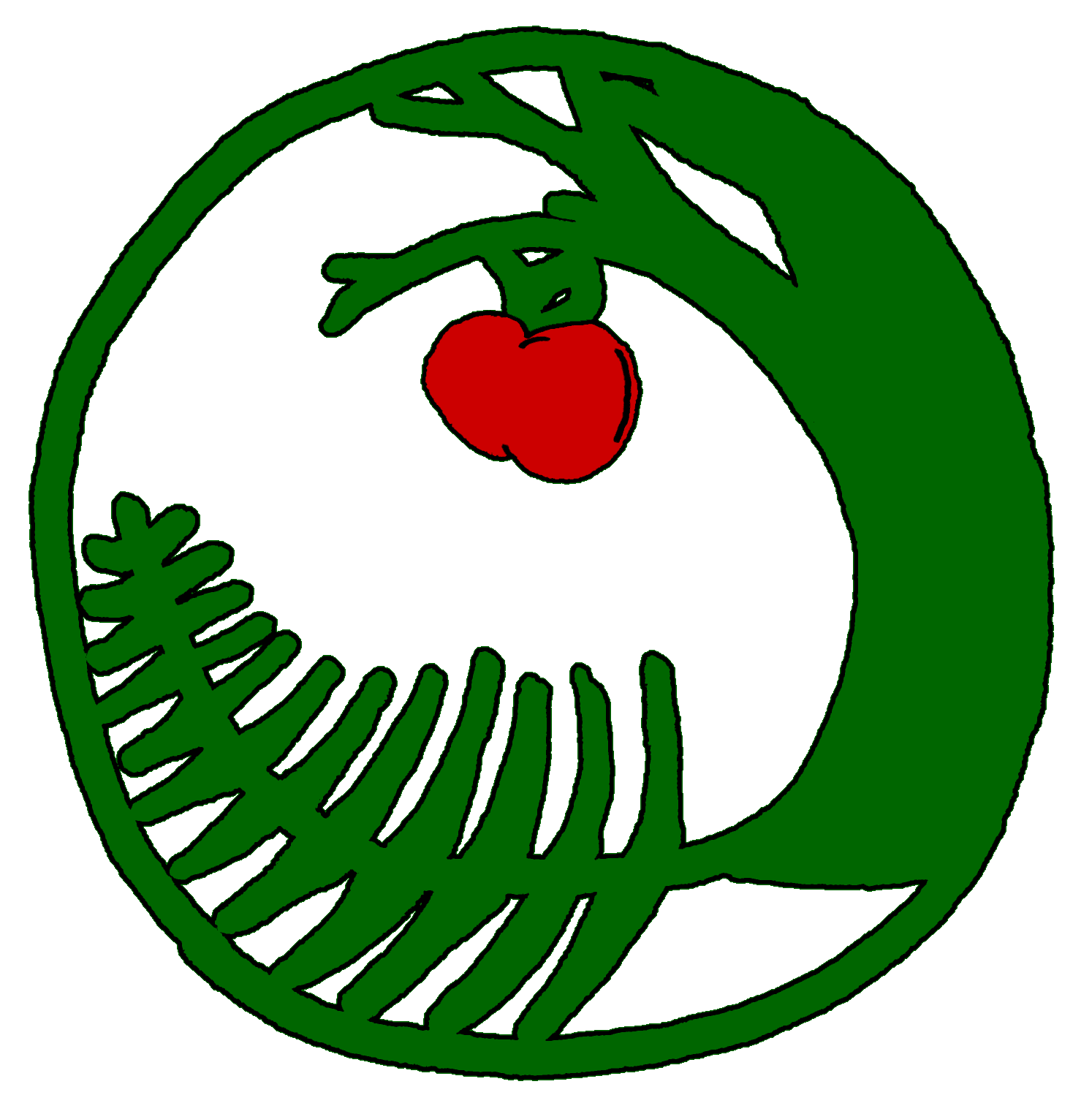So we like all beebalms, but this one really tops the charts with its sweet and spicy rose scented pink flowers and foliage. The aroma makes a really blissful and warming tea. It contains... more->
Fern Hill Nursery and Botanical Sanctuary
Edible, medicinal, and native plants for the Pacific Northwest
We spent 13 years building an abundant fruit forest, annual veggie beds, perennial medicinal herbs, and a healthy mixed hardwood-coniferous forest and now we've sold our property to the next stewards so that we can begin a new homesteading project in Vermont closer to our best friends and their kids.
Don't worry - we plan to keep this website up and running so that our customers can reference what we've written about our plants!
We'll let you know once we re-start a farm in Vermont!
beebalm
Butterflies, bees, and other pollinators flock to these showy and fragrant edible flowers in late spring and early summer. Beebalms are cold hardy and perennial herbs that grow to 1-3 feet tall and then die back to the ground in fall before sprouting again in spring. There are several different varieties native to various parts of North America, from Canada to the eastern and western US. They like rich, moist garden soil and full sun to part shade.
The herb and flowers are used as a flavorful tea (the aroma is like orange bergamot). The flowering tops and leaves are fragrant, antiseptic, antibacterial, antifungal, diaphoretic, carminative, and contain thymol and carvacrol, which are under investigation for their action against tumors.
This pink-flowered variety was developed in Canada to have superb mildew resistance, which can turn the tops of other varieties white and sickly in extra wet weather. more->
With darker violet-purple flowers than most wild beebalm, this variety is a crowd-pleaser and tastes good too! more->
Spotted bee balm blossoms have white, purple, and pink flowers with exquisite dippled spots. This species grows in drier and sandier soil than most bee balms. more->

This variety produces 3-foot tall displays of crimson red inflorescences composed of tubular flowers. It is a sight to see! A favorite for hummingbirds. more->

This wild variety of beebalm produces showy light pink flower clusters on two foot tall stems. more->
